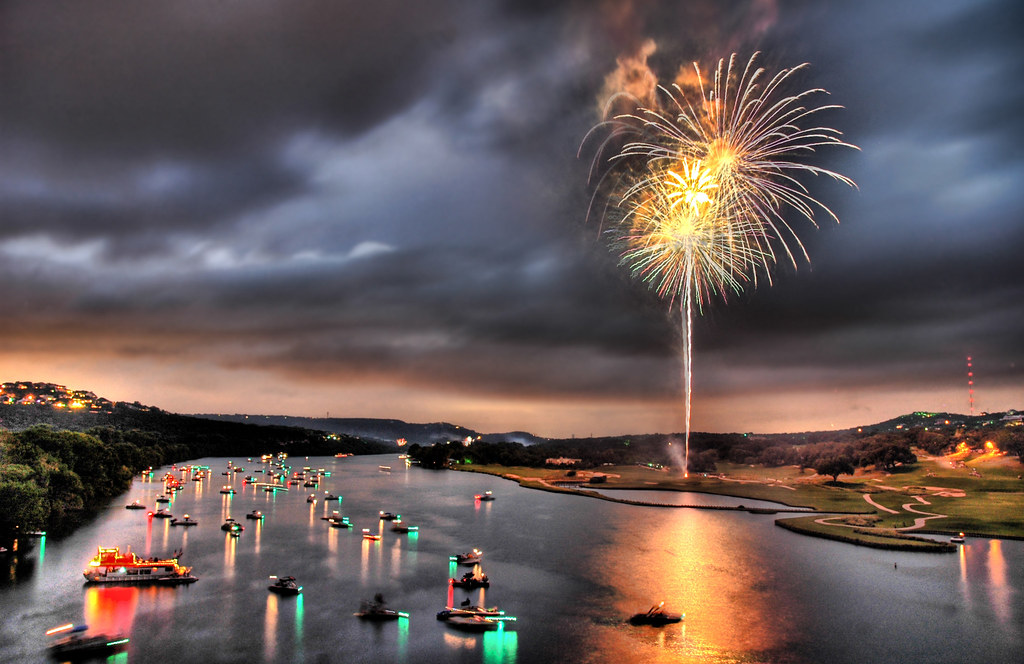High Dynamic Range photography, or “HDR” as it’s known by those familiar with the technique is basically the process of merging various exposures of a subject into a single “merged” image. This merged image typically contains image fine detail in the extreme highlights, mid-tones, and shadow areas.
With a light touch, the technique gives photographers the ability to capture scenes that would be impossible to capture with a single exposure. For example, balancing scenes consisting of varying daylight and incandescent light sources. The technique essentially gives photographers the ability to represent in an image the dynamic range that we’re able to capture with our eyes but typically not with our cameras.
But with great power… (More after the jump...)
With a heavy touch — the technique can be used to create some amazingly surrealistic (or unrealistic) scenes, scenes that would be impossible in nature. It’s those “heavy touch” images that have been the source of much controversy, and even more criticism. Many photographers allege that the effect is heavy-handed, over-used, and “played out”. Others say, it’s merely another technique at the artists disposal.
Having said this.. Why is HDR getting such a raw deal? It's no different than selective color processing or applying a creative filter to an image, in or out of the camera. It the photographer/artists place to determine how he or she chose to present the end result of their work. Is there a right or wrong way to process images? Or, is just a matter of what appeals to the viewer? Share your thoughts on the use of HDR techniques in photography!
A few awesome images by photographer Trey Ratcliffe.. to see more of Trey's work or to view his tutorial on how he accomplishes these gorgeous images, visit his website..http://www.stuckincustoms.com/
![e[M]otion i[M]ages](https://blogger.googleusercontent.com/img/b/R29vZ2xl/AVvXsEjk2YRHN7QywM_NaDzrpxgIEb_d7XtMC5rRBBrroycHpxWP4Aww1pL8NXkXL3cwZtF4W1BBHxZ2ZFkuRTMxXd7QK9_UAGVB0cs6D5r3OrVm2SxDDyD5bD2qUBZ1xJqIVFqN_RSr8Wn3k8Ko/s1600-r/E+Images+Logo+for+Blog+Header.png)



No comments:
Post a Comment